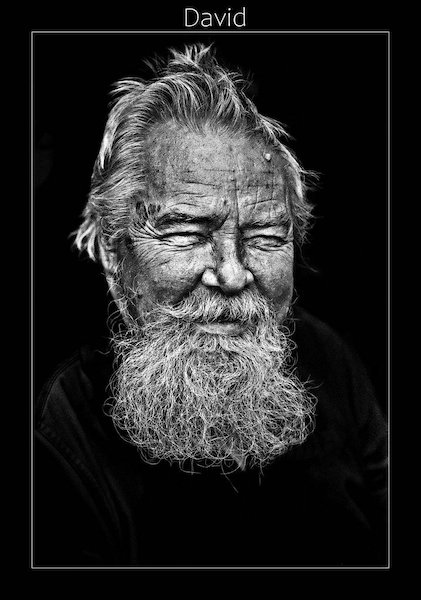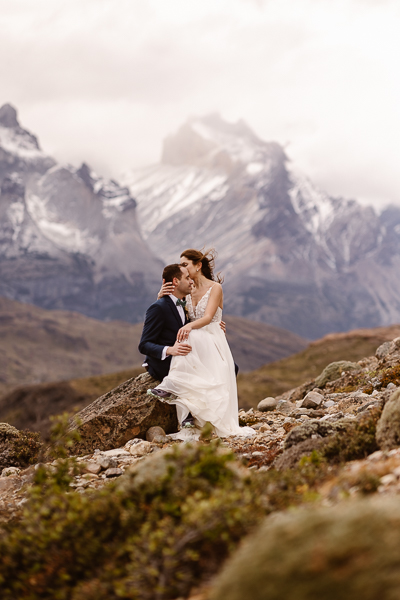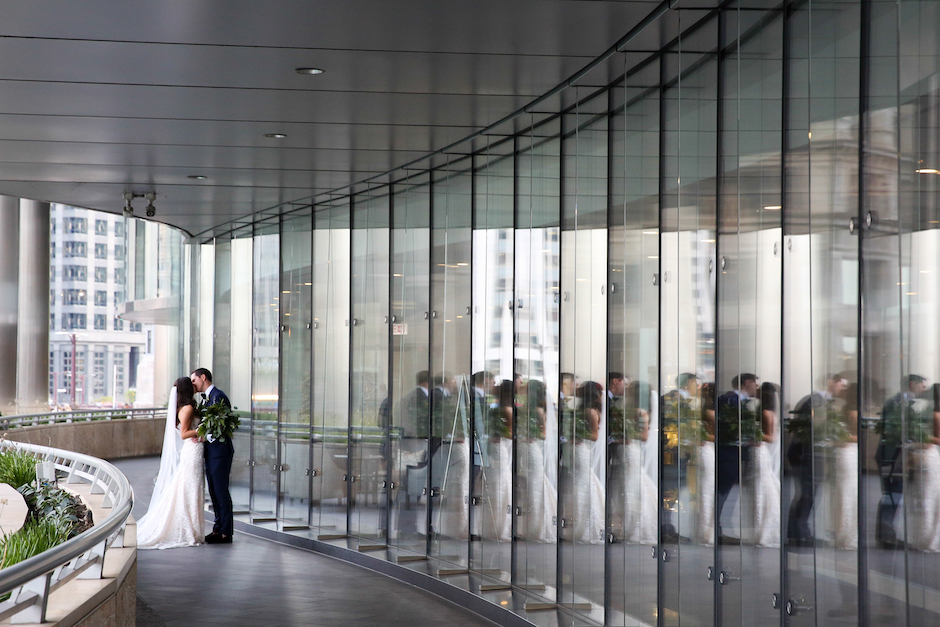Cinematic Life
April 10, 2013
Movies have long been a source of major inspiration for still photographers and for many of us, going to the cinema represents a retreat from reality as we view exotic locations and step into the lives of diverse characters. The question I often ponder is: What is it about the cinema that transports us in this way and how can we transfer that over to still photography? In my approach to a cinematic style of shooting as outlined on the following pages, there are four basic concepts I’ve come to identify during my shoots that are equally important to consider: story line, impact, composition and lighting.
Create a Story
One of the most obvious elements in film of which viewers are not conscious is that the actors never look at the camera. Why? Because we are not part of the story! Two questions I attempt to answer in my approach to creating a narrative in a still image are: What is in the scene, and why is it there? If the people or objects do not support the story or tell the viewer about the subject in the scene, they should not be there.
For example, putting a clown in the scene of a Western doesn’t make much sense unless you are going for a juxtaposition with impact using an unexpected mix of elements. Don’t make your story different just to be different; you don’t want it to come off as trite or disingenuous. Give it reason and make it real. Whimsy can be real and have reason too, just make sure you give the audience what it’s due, and don’t try to pull a fast one—it usually doesn’t work. Subjects should relate to one another and/or the environment they are in.
When it comes to bridal and engagement shoots, I approach them in terms of my Rule of Threes: Scene, Subject and Relationship.The first two are easy; you have a bride on a staircase on a weekday afternoon. Most often, we give her a bouquet and ask her to smile at the camera. The only problem is that we have left out the relationship.
If you’ve ever been in therapy (no judgements!), you may have heard the term “triangulation.” Triangulation and relationship are the same in the situation. When I was a kid, I would gripe at my best friend about his behavior, and when he didn’t accommodate my requests, I would go to his mom and say, “Do you know what he did?” I triangulated mom into the equation. So in the case of a bride, trade out mom for the reason the bride is on the staircase: her groom. To create triangulation, you must make the viewer imply a third element in the equation aside from the bride and her staircase. Simply ask the bride to look down the staircase, close her eyes and picture her groom on the wedding day at the bottom of the stairs. When she is in that emotional mindset, ask her to open her eyes and see her groom at the bottom of the staircase. Now you have created a story and a connection between the elements in the image that transcend what is visible to the eye.
Make an Impact
Impact is one of the most important aspects of a cinematic approach. It’s the feeling we get when we first look at an image and it causes us to react viscerally, in unexpected ways, stirring one or more of our senses and emotions to influence and control our state of mind.
So how do we create impact? The story, its subject and the overall composition or framing of an image all shape the viewer’s response. The story needs to be emotionally resonant with the audience or client, and the subject needs to generate interest or be appealing. Larger shapes can be easier to absorb because they allow the mind to rest and the viewer to focus on the emotive message and drama. The shapes created within an image can include the negative (and positive) space, shadows and the pose of the subject.
Pay Attention to Composition
The French painter and writer, Maurice Denis, said, “Remember that a painting—before it is a battle horse, a nude model or some anecdote—is essentially a flat surface covered with colors assembled in a certain order.”
This quote drives home the point of thinking in shapes. We should consider what it means to take what we see in the third dimension and translate it onto a two-dimensional plane. One great way of examining the composition within our images is to consider the formal elements present in black-and-white films. The drama of the composition in movies like Raging Bull or Schindler’s List is evident even without the insertion of color. The task is simple: Shoot in RAW and JPEG and change your JPEG to the black-and-white setting. Look at the in-camera images. What do you see? What do you not see? What can be eliminated?
The great commercial photographer Jay Maisel suggests that we consider another way of looking at our images. “Be aware of every square millimeter of your frame,” he says. There are actually two very important points in his quote: One is appreciating every bit of real estate in your composition. If there are extraneous elements in the frame that do not tell the story, get rid of them. The last thing you want in a viewer’s mind is a meaningless element of the composition.
The second part of this quote is much more subtle. In painting, we build from a blank canvas, whereas in cinema we frame what already exists. We have the unique ability to create our own view of the world, whether real or imagined.
The last and most important part of framing a scene is that it is established so the actor can move. Think of your subject’s pose and location of the frame as if you are anticipating the space within your frame in which the subject has room to fulfill the implied intent. Think of that stairway again. If the bride is gazing down the staircase at her groom, give her negative space within the frame to move toward her groom.
Understand Lighting
When lighting for a scene, it’s important to give yourself the time to work through trial and error. Ask yourself the following questions: Is the light believable? Does the light tell a story? Does the light complement the subject? Does it evoke a part of the story not in the frame, separate the subject from his or her environment, and most importantly, look as if it were not lit at all?
One of the most challenging films from a lighting standpoint that I have seen recently is Lincoln. During Abraham Lincoln’s time in office, the only light available was either from a sun-filled window, a candle, or a gas or kerosene lamp. Light sources in the film obviously needed to stay authentic, yet be brighter than what those primitive light sources could provide. This problem also holds true for photography; the primary difference between cinema and photography is that in cinema the light must remain constant—it has to be molded differently than that of strobe. Light must play a part just as the actor or his environment does, it must be hidden within the scene behind objects, and it must be cast from a believable location such as the height of a lamp, chandelier, streetlight or window. This train of thought must come from real-life perspectives rather than a portrait mentality.
My primary light toolbox contains the following: The GL1 Hotlight for casting longer distances replicating a sunset; a light bulb or even a car headlamp; speedlights to replicate the sun or its reflection; color temperature-controlled LED lights to fill areas a candle or bulb might not otherwise reach; light bulbs and other general purpose lights and candles if the period of the images doesn’t allow for electricity. Again, experiment and play with what will work to be believable, complement the subject and allow the actor to play his role.
Homework
So how can you put some of these techniques to work? We all have movies in our home library—grab a good one of any genre. Next, take your camera and switch it to the black-and-white mode. Now, watch the movie and take pictures of scenes that move you or have impact—keep shooting until you have a minimum of 50 images. Then, study every one of those images, looking for impact. What moves you, inspires you, makes you laugh or brings you to tears? Look at the composition and framing. Blur the image a bit and draw shapes around the different value masses. What do you see? What’s the story? What is in the camera and what is not? And finally, where are the lights? Look at catch light, shadows and highlights. What light sources do you see, and which lights complement the scene or subject?
If you can train yourself to start seeing these elements in your images even before you shoot, imagine the value and cinematic effect that can be created in your work.




